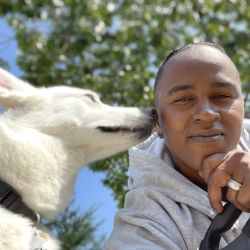Origins and Temperament
The Plott Hound, North Carolina's state dog, has a storied history, tracing back to German forebears and subsequently bred in the United States for hunting game. Known for their remarkable stamina and resilience, Plott Hounds possess a calm demeanor paired with steady loyalty. Their temperament, while even and good-natured, can exhibit a notable keenness when on the trail. Being scent-driven hunters, they might get restless during transport; hence, understanding their background and psychological makeup is key to a stress-free journey.
Size and Physical Needs
Typically weighing between 40 and 60 pounds, Plott Hounds are a medium-sized breed, requiring ample space to remain comfortable. They sport a muscular build and crave regular activity, meaning they should be given time for adequate exercise prior to travel to help them settle. Their short, bristly coats are less prone to overheating but still necessitate appropriate ventilation and temperature control when on the road.
Common Health Considerations
While generally robust, Plott Hounds can suffer from common canine ailments such as hip dysplasia and ear infections. Before transport, ensure all health documents, including vaccination records and a pet passport if necessary, are up-to-date and handy. Pre-emptive measures, including a thorough vet check-up and awareness of any condition symptoms during travel, are prudent steps for a safe trip.















